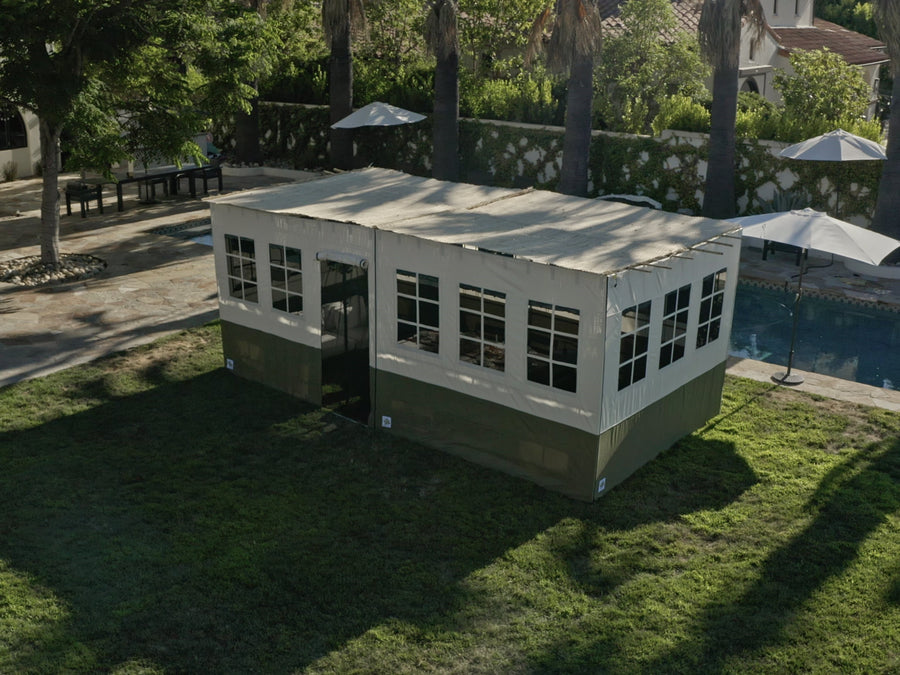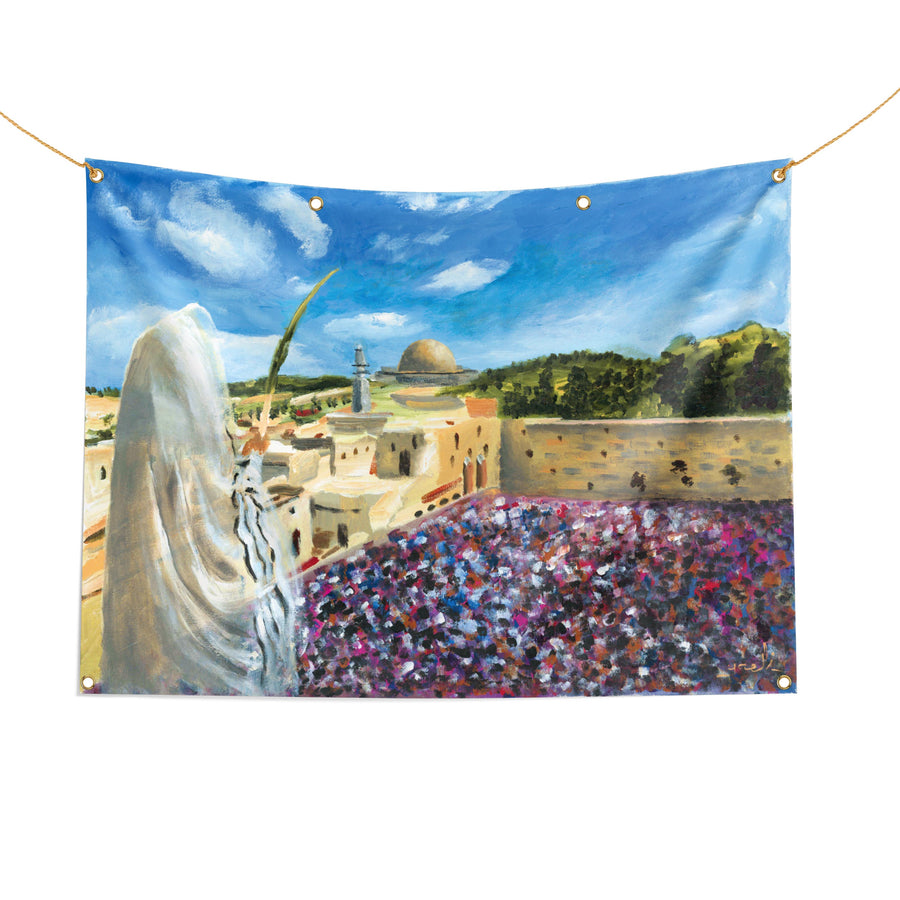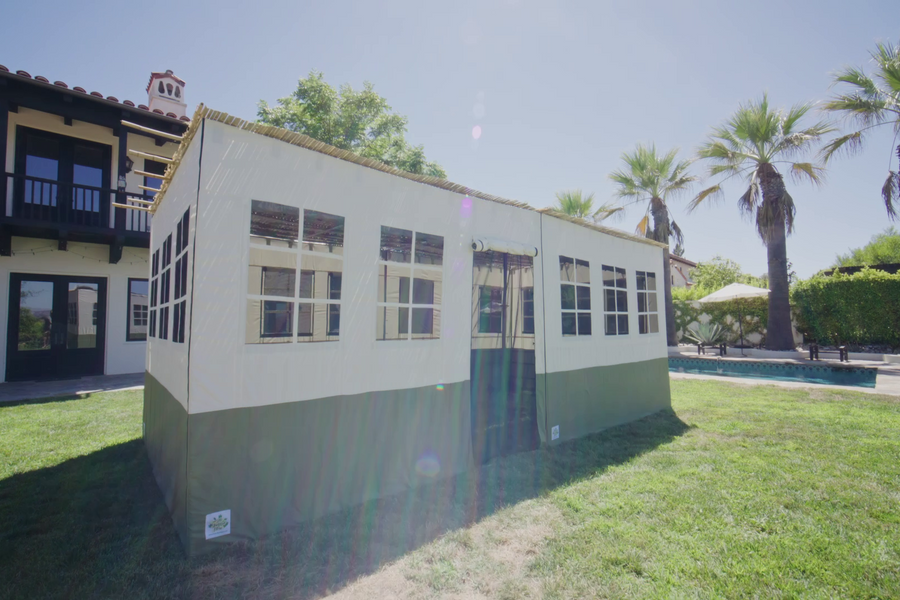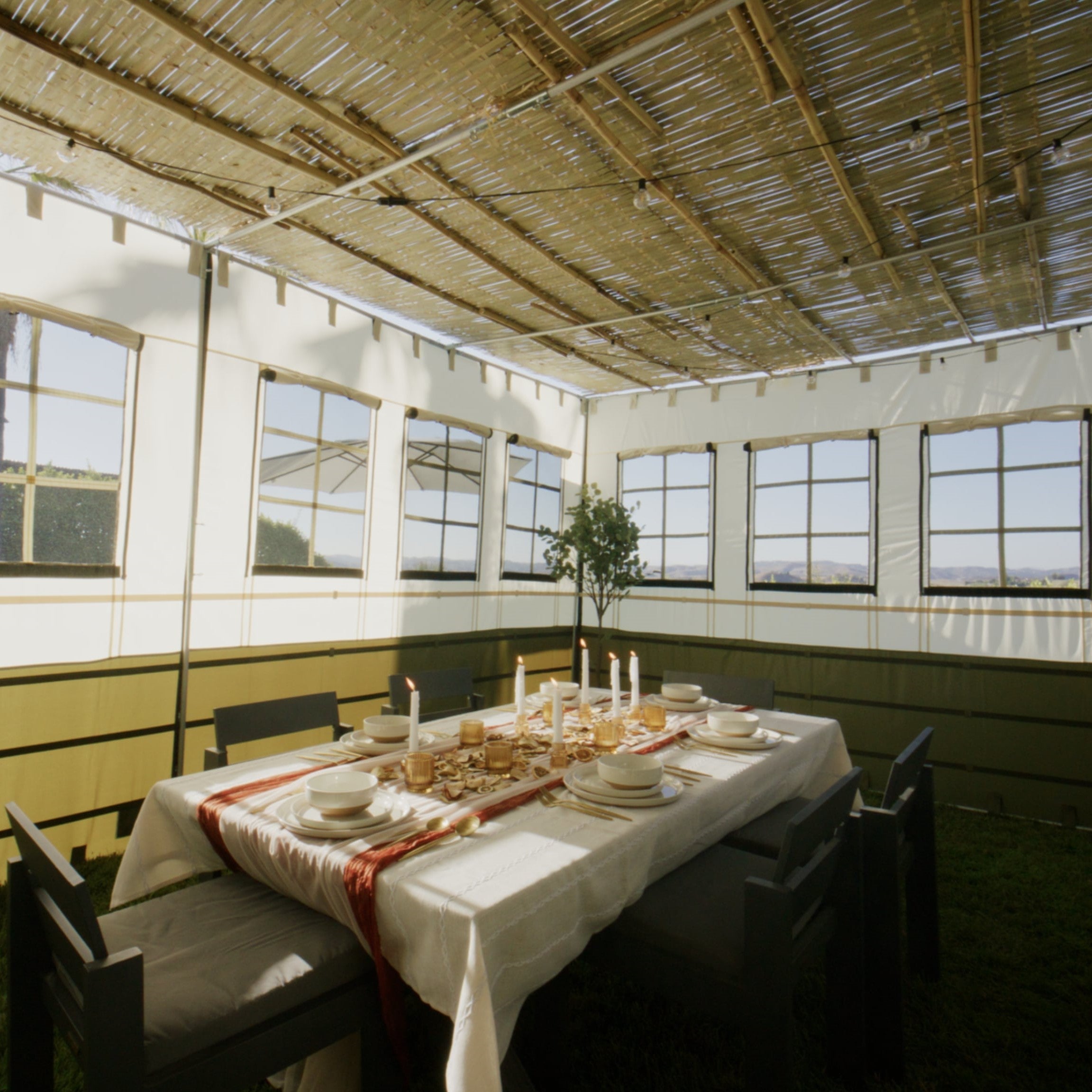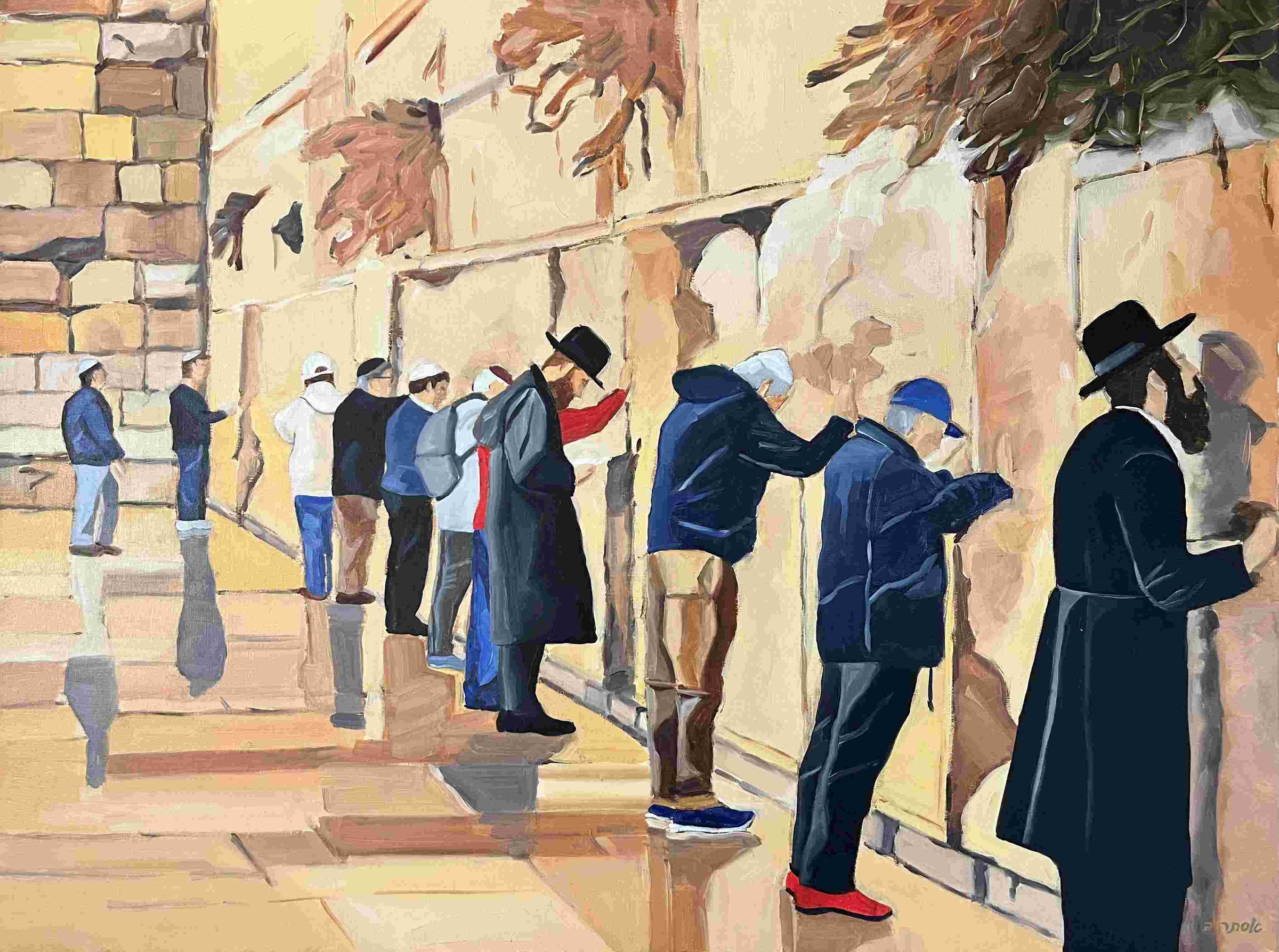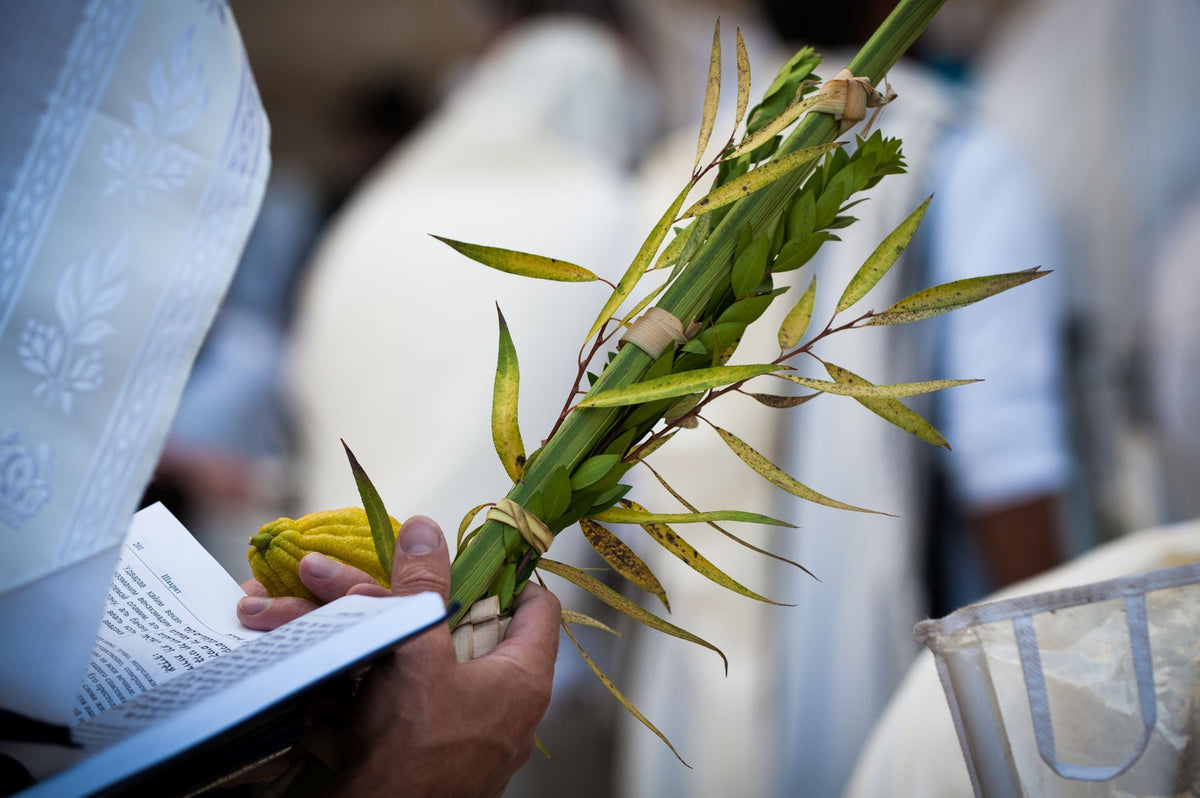

Table of content
Let's talk about rain , shall we? No, not the usual “grab-your-umbrella” kind of rain chat. We're diving into the mystical, biblical, and delightfully deep world of Tefillat HaGeshem, the prayer for rain. But what exactly is Tefillat HaGeshem, and when do we say it?
Tefillat HaGeshem: When and Where?
Jewish liturgy contains three elements often referred to as “Prayers for Rain.” However, two are more accurately described as expressions of gratitude, with only the third being an actual request for rain.
Tefilat Geshem: Recited on Shemini Atzeret, it serves as an introduction and thanksgiving to G-d for providing life-giving rain to all humanity and nature. While often translated as “The Prayer for Rain,” it's more about praising G-d's role than necessarily requesting rain.
Daily Praise: For half the year, beginning on Shemini Atzeret, a daily prayer inserted into the Shemoneh Esrei (Mashiv Haru’ach Umorid HaGashem) acknowledges G-d as the provider of both wind and rain.
The true “Prayer for Rain:”
Timing: It's incorporated into the Shemoneh Esrei prayer only in early December, aligning with the rainy season in Israel. This delay also allows pilgrim visitors to Jerusalem to return home safely before the rains begin.
Recitation: The prayer leader, or Chazzan , recites “ Geshem ” together with the congregation during the repetition of the Shemoneh Esrei.
But there’s even more to the Prayer for Rain…
Unlocking the Secrets: G-d's Keyring
According to the Tur, the Hebrew word for key, mafte’ach | מפתח , stands for:
M atar | מ טר (Rain)
P arnasah | פ רנסה (Sustenance)
T echiyat hameitim | ת חית המתים (Resurrection)
C haya | ח יה (Childbirth)
Rain and sustenance are like peanut butter and jelly – inseparable. On Shemini Atzeret, the grand finale of Sukkot , G-d decides our financial fate and rainfall for the year. It's like the ultimate board meeting where G-d dishes out the yearly budget. We might hustle and grind, but in the end, it's His decision. So, how do we sway the cosmic Boss? We pray.
The Rain Report: Timing is Everything
During Shemini Atzeret’s Musaf prayer, we chant Mashiv Haru’ach Umorid HaGashem – G-d makes the wind blow and the rain come down. It’s a poetic shout-out to G-d’s rainmaking prowess. But hold your horses, because as we’ve just learnt, this isn't the official rain request yet. For the actual “Please send rain, and pronto!” we recite “ V’ten Tal Umatar ,” inserted into the Bareich Aleinu blessing during the Shmonah Esrei prayer. In Israel, this starts 15 days after Shemini Atzeret, giving pilgrims time to get home without turning into soggy, muddy messes.
Timing Is Everything
Why wait till Shemini Atzeret to ask for rain? Because rain during Sukkot is like being told your party is canceled due to bad weather – a divine “no thanks” to your mitzvah of Sukkah sitting . Postpone the rain until Shemini Atzeret, and you're good to go. We keep up the rain requests in the Shmonah Esrei prayer until Pesach’s Musaf prayer, signaling spring’s arrival and the end of the rainy season.
Rain: The Great Equalizer
G-d’s decision on rain and livelihood is final, and our prayers might not always get the desired “yes!” There could be no rain, too little rain, or too much rain (cue the ancient equivalent of “Monsoon Madness”). So, we pray with all our might, reminding G-d that we need these tools to do His work. The Talmud even tells us that if rain doesn’t show by the 17th of Marcheshvan , public fasts kick in, escalating in intensity. It’s like sending increasingly urgent emails to the heavens.
Holy Blackmail? Choni the Circle Maker
If prayers didn’t bring rain by Adar (March), it was time to crank things up a notch. This is where we encounter the story of Choni Hame’agel , (Choni, the Circle Maker). This righteous rain whisperer would draw a circle on the floor, step into it, pray for rain, and refuse to step out of it until rain fell. When a drizzle started, he asked for more. When the heavens poured, he asked for less, until just the right amount fell. Think of it as Goldilocks meets weather negotiation. Even though Choni’s methods were unorthodox, they worked, earning him both criticism for forcing G-d’s hand and admiration for saving the Jewish people with his prayers for rainfall.
…and for all things rain, check out our handy guides on:
Prayers and Showers: An Angelic Mix
Rabbi Yosef Caro records in his mystical work, the Maggid Meisharim, that he once had an angelic visit after there was rain on Sukkot. These angels assured him that the rain was a blessing because Rabbi Caro had gone with his lulav and etrog in hand to pray for rain at the gravesite of Rabbi Shimon bar Yochai.
So, if you’ve also been praying for rain on Sukkot with your lulav and etrog, maybe those raindrops are actually little droplets of divine favor too. Although, you’d be forgiven for still worrying that those raindrops might be eyeing your Sukkah decorations like hungry moths eyeing a lampshade, but fear not. We have the perfect guide for you on how to weatherproof your decorations.
The Power of Community
Halacha (Jewish law) says you can’t pray for rain if you’re praying solo on Shemini Atzeret – only if you’re praying with a minyan (a quorum of 10 Jewish males over the age of 13) . But why? Because we never know who among us is the Choni that G-d can't turn down. We band together, hoping that someone in our midst has access to that divine hotline.
So, as we gather to pray for rain, we remember the keys to life are in G-d's hands. And who knows, maybe the next rainmaker is sitting right beside you, quietly unlocking the blessings for us all.
